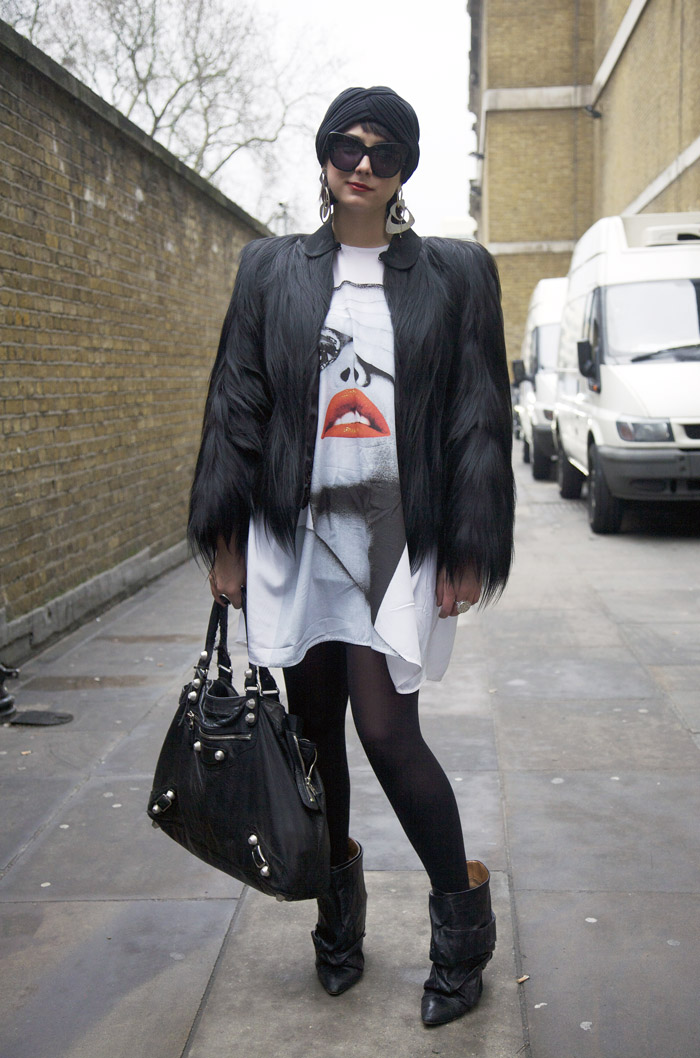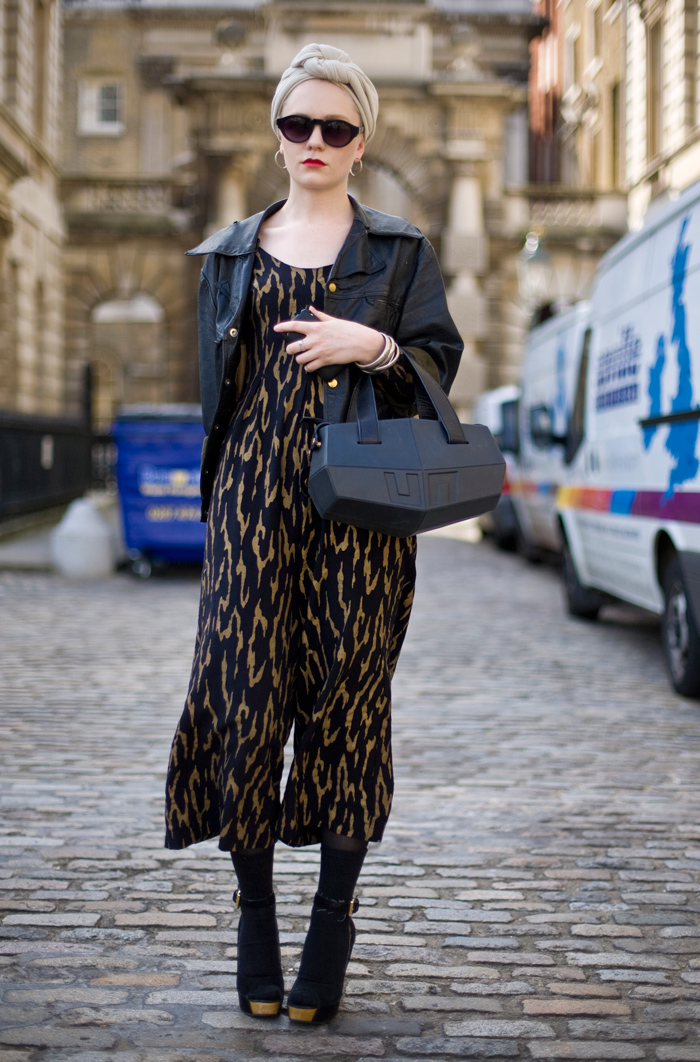The introduction of the jean goes back to XVI Century Europe. It’s amazing that a product developed 500 years ago has evolved to become a true textile and fashion industry phenomenon. The story goes that the “jean” derives from the word Genoa where it was first produced, and refers to the coarse cotton-wool and/or linen blend that sailors from Genoa used in their pants. Around the same time in England, a material was produced for clothes that would later be called "denim". The word most likely came from the name of the French town, Nimes, after a material that was produced there called, serge de Nimes (material from Nimes).
In 1853, Leob Strauss, who later changed his name to Levi, moved to San Francisco and opened a small wholesale business that supplied miners and workers with work clothes that were strong and did not tear easily. Later in 1872, as the garment became popular, Strauss partnered with inventor Jacob Davis, who introduced the idea of adding copper rivets to the corners of the pockets to the waist overalls Strauss had produced. By the 1920’s waist overalls were the most widely used worker’s pants in America. The name “jeans”, however, was not officially adopted until the 1960’s, when Levi Strauss and Co. recognized that it had no choice, as this was what the product was being called by the young, leisure loving teenage boys. The history of "waist overalls" continues as the history of blue jeans. "Jeans" is now generally understood to refer to pants made out of a specific type of fabric called "denim".
Reworked every generation, denim is now everywhere in this new millennium. It is back on designer’s catwalks, on accessories, home collections, designer jeans by the hundreds of labels. Washes and finishes, embellishments, destroyed and distressed jeans, ultra low rise jeans, the palette available to designers offers limitless possibilities. And once they start to become trivial again, they undergo a new revival.
And now...a very artistic revival of the jean...courtesy of Isabel Marant's Spring 2012 Collection...
One of fashion's most authentic voices in casual dressing, Isabel Marant is often labeled as the French equivalent of, Alexander Wang in New York--with a splash of color. The edgy designer however has her own feminine glamour going on. Her clothes, adopting a modern hippie style, suggest sexy at the same time. Her 2012 line beautifully reworks the jean, a staple that had been a little forgotten since the legging craze took the runways by storm. It's a denim festival for those that need make no effort--in tie dye, spray on and patchwork, we can anticipate a colorful summer of international travel and unlimited fun.
So my dears, are you ready to forget the arrival of Winter for some colorful denim fashion? Seriously, who wouldn't be?








































